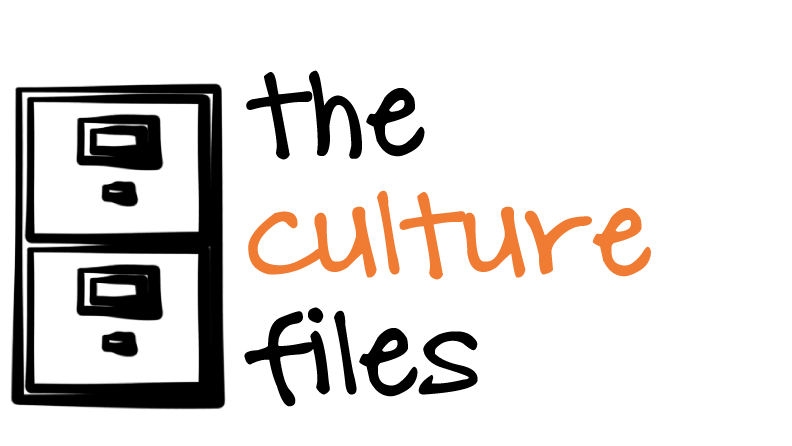
Laura Poitras Poses Questions About Life Post-9/11 in Whitney Exhibit ‘Astro Noise’
When the Whitney revealed its inaugural exhibits at its new downtown location back in May 2014, the show we were most looking forward to was the one showcasing Laura Poitras. Given the tenor of her work, we were curious what shape her exhibit would take. At the time of the announcement, her Edward Snowden documentary Citizenfour had not yet been released, but the filmmaker had just been awarded a Pulitzer Prize for Public Service for her National Security Agency (NSA) reporting. We were aware of her films The Oath and the Oscar-nominated My Country, My Country, both explored living in a post-9/11 society. Poitras had also staged a chaos-inducing Surveillance Teach-In for the 2012 Whitney Biennial. On the edge of seat for nearly two years, we’re happy to announce the curtain has finally lifted, Laura Poitras: Astro Noise is now on view at the Whitney.
The first solo museum exhibition by the artist, Astro Noise is a provocative yet understated show that builds on the themes Poitras’ has explored in her previous work – mass surveillance, the war on terror, the drone program, and torture and prison abuse. Viewers are requested to engage with the works, rather than simply play bystander. The show’s title is in reference to the name Edward Snowden gave to an encrypted file containing evidence of mass surveillance by the NSA that he shared with Poitras in 2013.
Inhabiting the museum’s eighth-floor Hurst Family galleries, the show opens with prints from the artist’s ANARCHIST series. What at first glance look like photographs of lo-fi or early-era computer static, are representations of something quite high tech and ominous. The images, which are drawn from the documents provided to Poitras by Snowden, are actually signals from satellites and drones that have been intercepted by a United Kingdom surveillance agency and are in the process of being descrambled.
From there, the exhibit descends into darkness. The first room features a double video projection by Poitras entitled O’Say Can You See, which transports the viewer back in time to the immediate aftermath of 9/11. The next room contains the meditative Bed Down Location. The mixed-media installation invites viewers to lay down on a platform and gaze up at footage of night skies over Yemen, Somalia, and Pakistan, places where the US is conducting drone warfare. Later in the exhibition, Bed Down Location returns with an uncomfortable reminder that surveillance is prevalent.
Another highlight of the exhibition is Disposition Matrix. In this section, viewers can select to peer through small rectangular cutouts in the walls to view classified government documents, videos, images and more.
Accompanying the show are a series of thought-provoking public programs. Among the guests scheduled to participate are Oscar-nominated documentarian Joshua Oppenheimer (The Look of Silence), Edward Snowden, Brian Lehrer, and artists Jill Magid and Trevor Paglen. For more information on these events visit the Whitney’s website.
The exhibit also comes with a catalog. A little different than your average art-book-exhibit fare, this volume is entitled Astro Noise: A Survival Guide to Living Under Surveillance and aims to be useful in navigating today’s political current. It features contributions from Ai Weiwei, Jacob Applebaum, Cory Doctorow, Dave Eggers, Edward Snowden and more.
Laura Poitras: Astro Noise is on view at the Whitney Museum through May 1, 2016. Visit the museum’s website for additional details.
Image above: ANARCHIST: Data Feed with Doppler Tracks from a Satellite (Intercepted May 27, 2009), 2016. Courtesy of artist.

